Cattle Sperm Cryopreservation
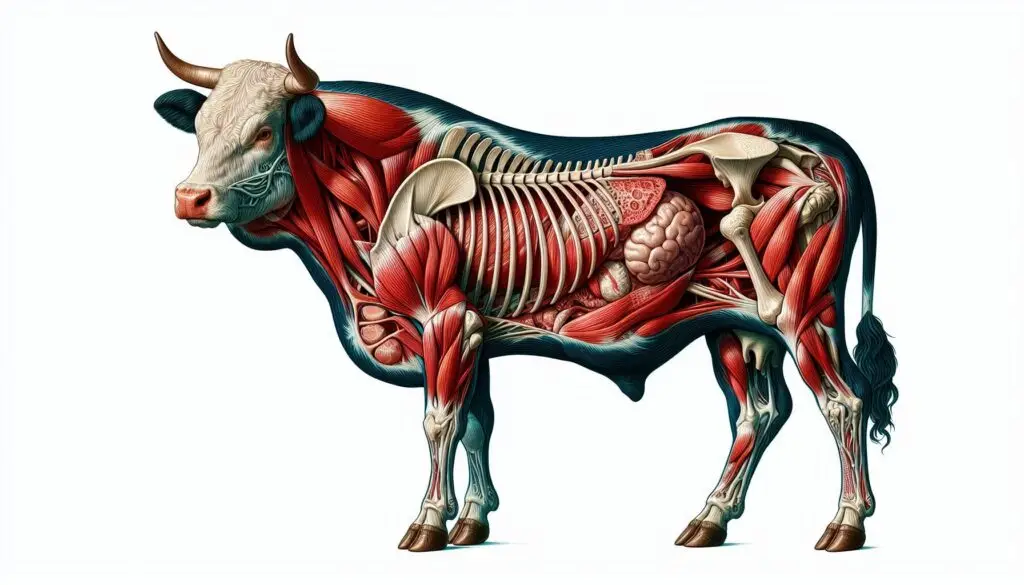
What is Sperm Cryopreservation?
Sperm cryopreservation involves freezing bull semen to preserve its viability for future use. This process enables breeders to maintain genetic diversity and improve herd quality without needing to keep bulls on-site.
The Importance of Sperm Cryopreservation
Cryopreservation plays a crucial role in modern cattle breeding. It allows for:
- Long-term Storage: Semen can be stored indefinitely without losing quality.
- Genetic Diversity: Breeders can access a wide range of genetic material from different bulls.
- Disease Control: AI reduces the risk of spreading diseases compared to natural breeding.
For more detailed insights, check out this article on the importance of artificial insemination.
The Process of Sperm Cryopreservation
1. Collection of Semen
The first step in sperm cryopreservation is the collection of semen from bulls. This is typically done using an artificial vagina or electroejaculation. The collected semen must be assessed for quality, including motility and concentration.
2. Semen Extension
After collection, the semen is extended with a suitable diluent. Common diluents include:
- Egg Yolk Citrate: Provides nutrients and protects sperm during freezing.
- Glycerol: Protects cell membranes from ice crystal formation.
For more information on diluents, refer to this guide on semen extenders.
3. Cooling the Semen
Once extended, the semen must be cooled gradually to 5°C. This step is essential to reduce metabolic activity and prepare sperm for freezing. Rapid cooling can lead to ice crystal formation, which damages sperm cells.
4. Freezing Process
The actual freezing occurs in liquid nitrogen at temperatures around -196°C. This rapid freezing puts sperm into a state of suspended animation, allowing for long-term storage without significant loss of viability.
5. Storage
After freezing, semen straws are stored in liquid nitrogen tanks. These tanks maintain consistent low temperatures, ensuring that sperm remains viable for years.
6. Thawing Semen
Thawing is a critical step before insemination. It should be done quickly at 37°C to minimize damage to the sperm. Studies suggest that using 5 to 10 million progressively motile sperm per insemination yields optimal conception rates.
For further details on thawing techniques, see this research article on thawing protocols.
Benefits of Sperm Cryopreservation
Sperm cryopreservation offers numerous advantages for cattle breeding:
1. Genetic Improvement
By using frozen semen from superior bulls, breeders can enhance herd genetics significantly. This leads to improved traits such as milk production, growth rates, and disease resistance.
2. Cost-Effectiveness
Maintaining a bull on-site can be costly due to feed, housing, and health management expenses. With frozen semen, breeders can reduce these costs while still accessing high-quality genetics.
3. Flexibility in Breeding Programs
Cryopreserved semen allows for greater flexibility in breeding programs. Breeders can plan matings based on genetic evaluations without being constrained by physical proximity to bulls.
4. Enhanced Biosecurity
Using AI with frozen semen minimizes the risk of transmitting diseases that can occur with natural mating. This biosecurity advantage is crucial for maintaining herd health.
For more insights into biosecurity in cattle breeding, visit this article on herd health management.
Innovations in Sperm Cryopreservation Techniques
Recent advancements have improved the efficiency and effectiveness of sperm cryopreservation:
1. Pellet Freezing Technology
Pellet freezing uses sugar solutions instead of traditional electrolyte solutions as a medium for freezing sperm. This method reduces osmotic shock during thawing and may improve post-thaw motility.
2. Programmable Freezing Units
These units allow controlled cooling rates during the freezing process, which enhances sperm viability after thawing compared to conventional methods.
For more information on these innovations, check out this study on advances in cryopreservation.
Fertility Outcomes with Frozen Semen
Research shows that fertility rates from frozen semen can match those achieved with fresh semen under optimal conditions. For example, conception rates using frozen semen have been reported at around 69% in some studies.
Factors Influencing Fertility Rates
Several factors can influence fertility outcomes when using frozen semen:
- Semen Quality: The quality of the frozen semen directly impacts conception rates.
- Timing of Insemination: Proper timing relative to ovulation is crucial.
- Insemination Technique: Skilled technicians can significantly improve success rates.
For further reading on factors affecting fertility with AI, see this comprehensive guide.
Conclusion
Sperm cryopreservation has revolutionized cattle breeding by enhancing genetic diversity and improving herd management efficiency. With ongoing advancements in technology and techniques, this method continues to evolve, offering even greater benefits for breeders worldwide.
More from Animal Reproduction:
https://wiseias.com/ideal-composition-of-semen-diluents/


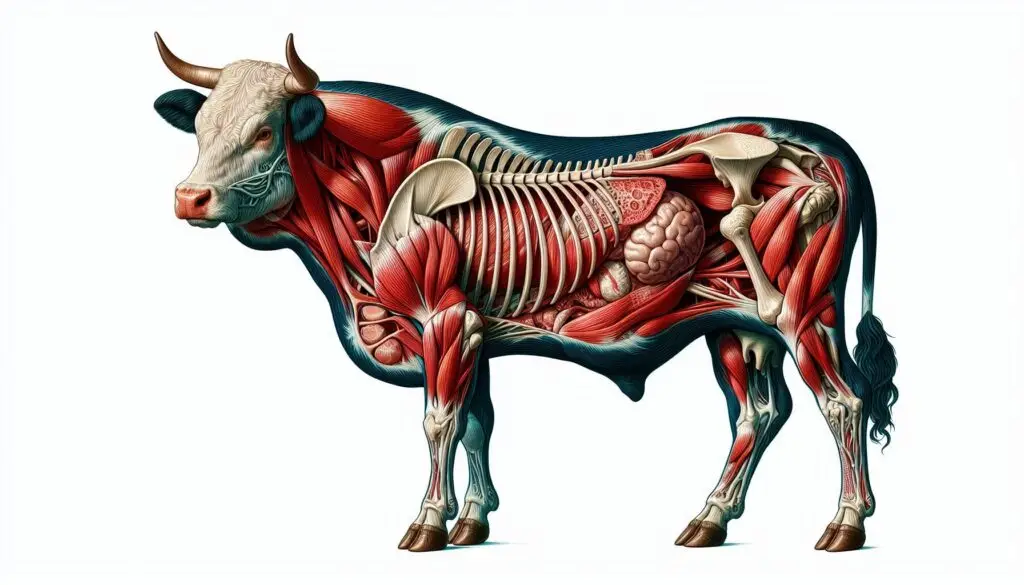
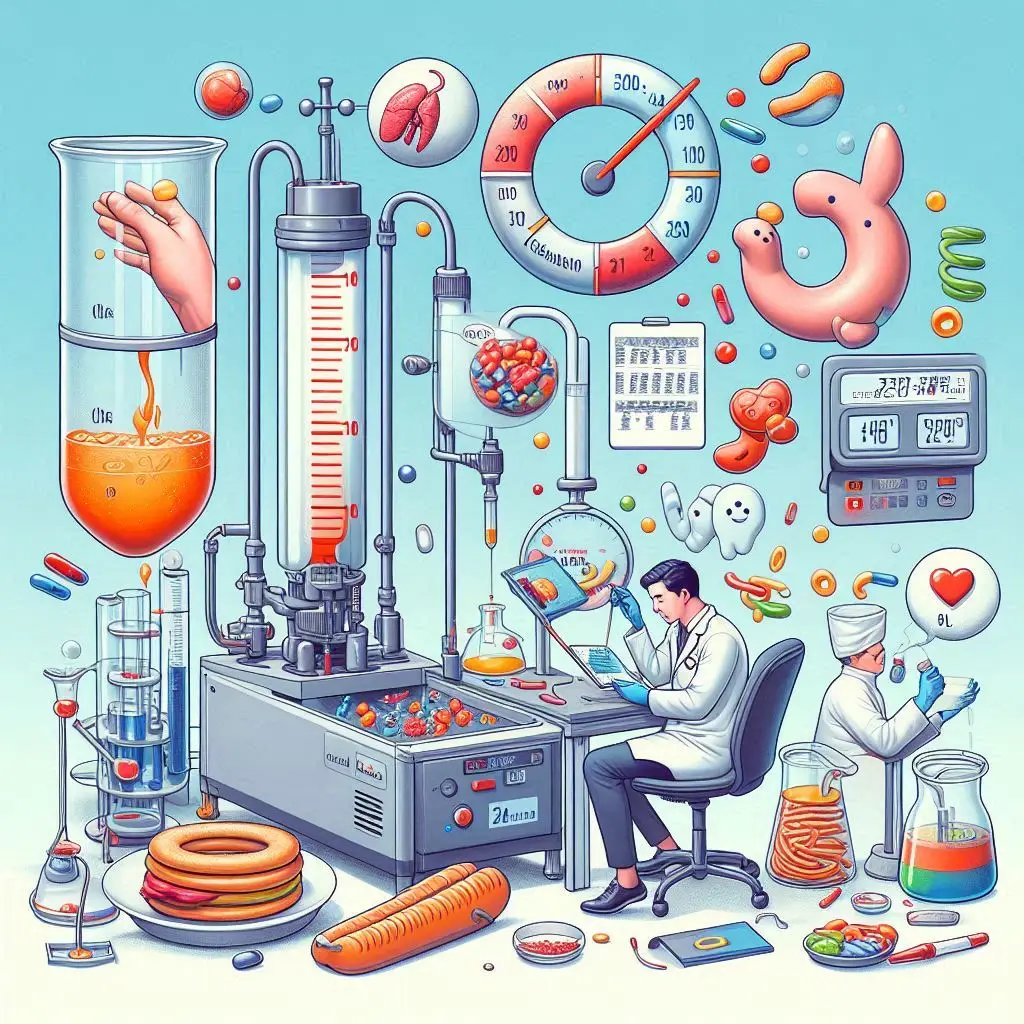
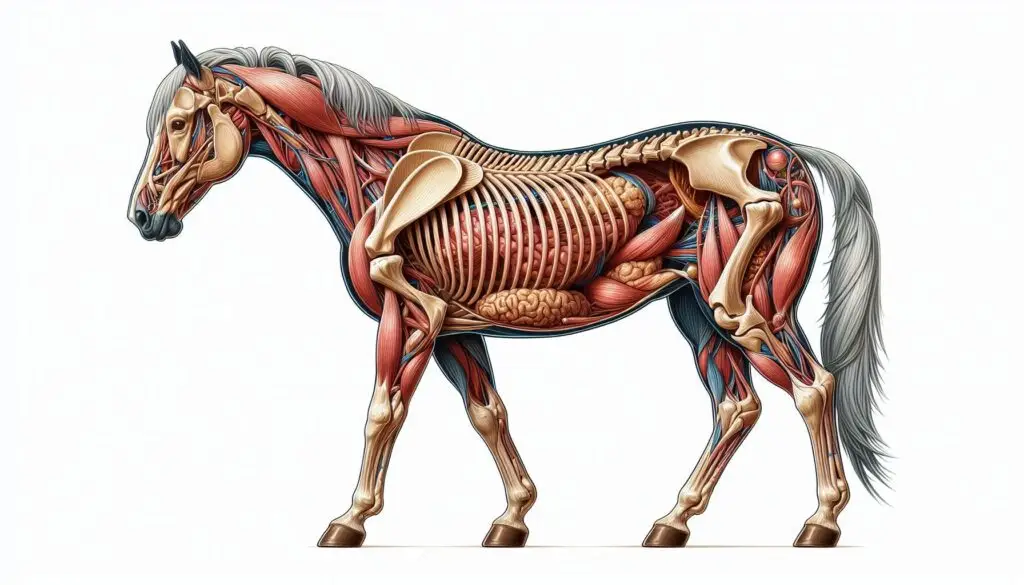
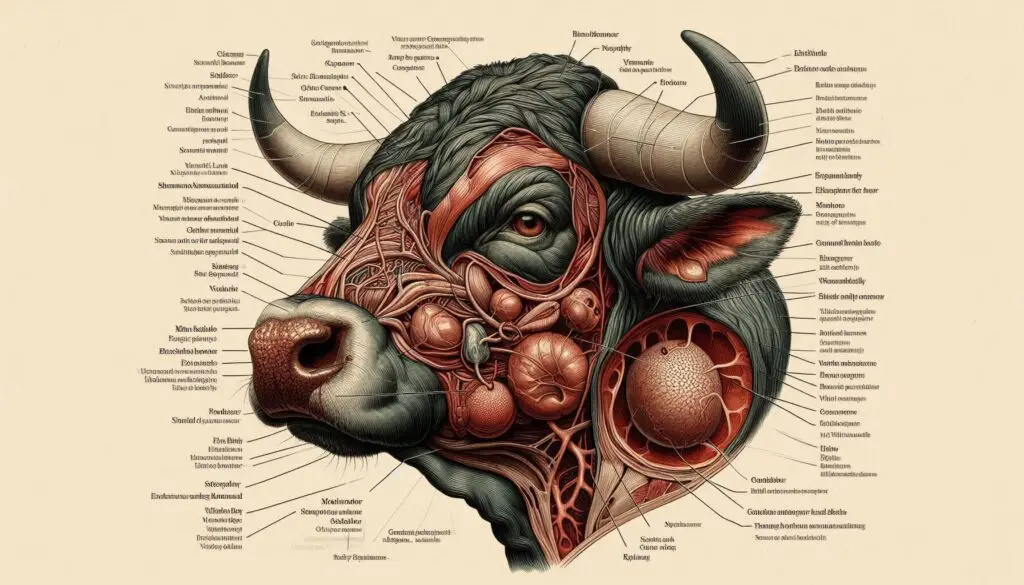
Responses